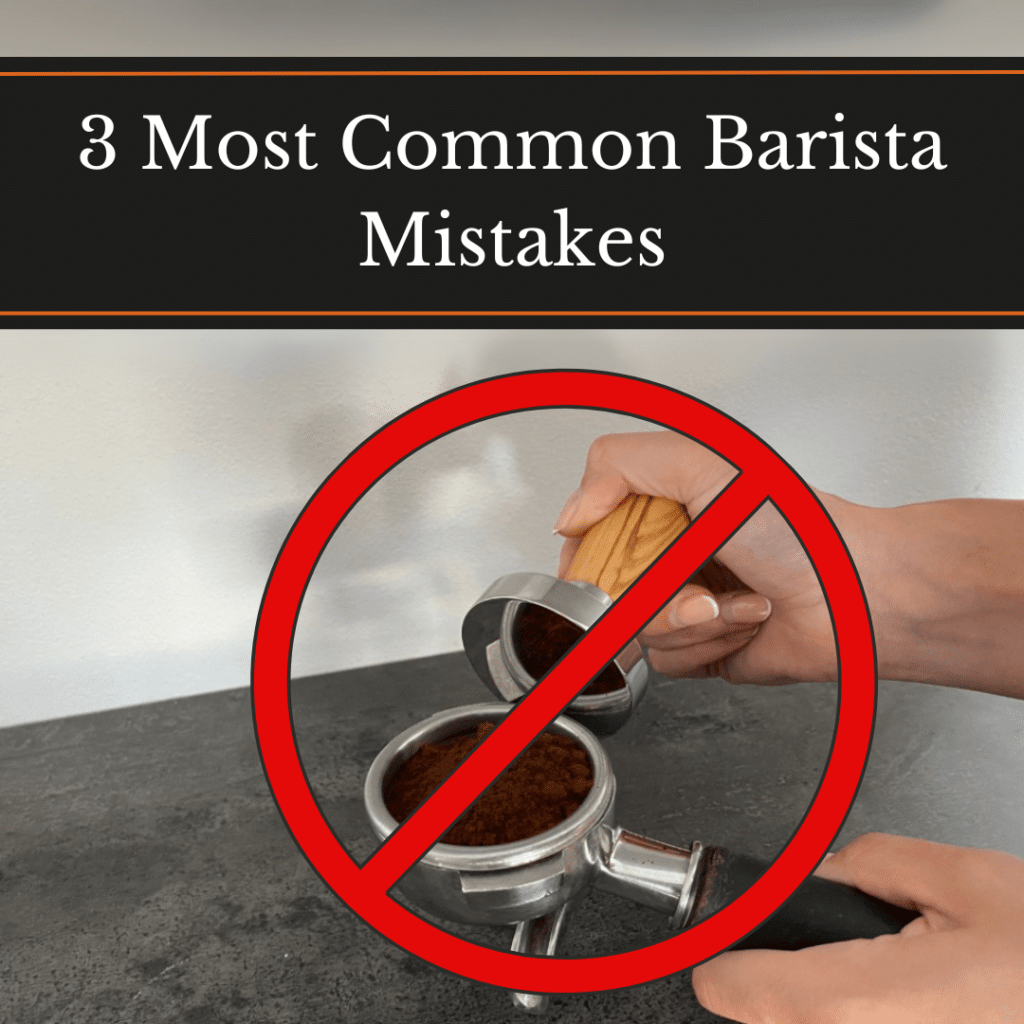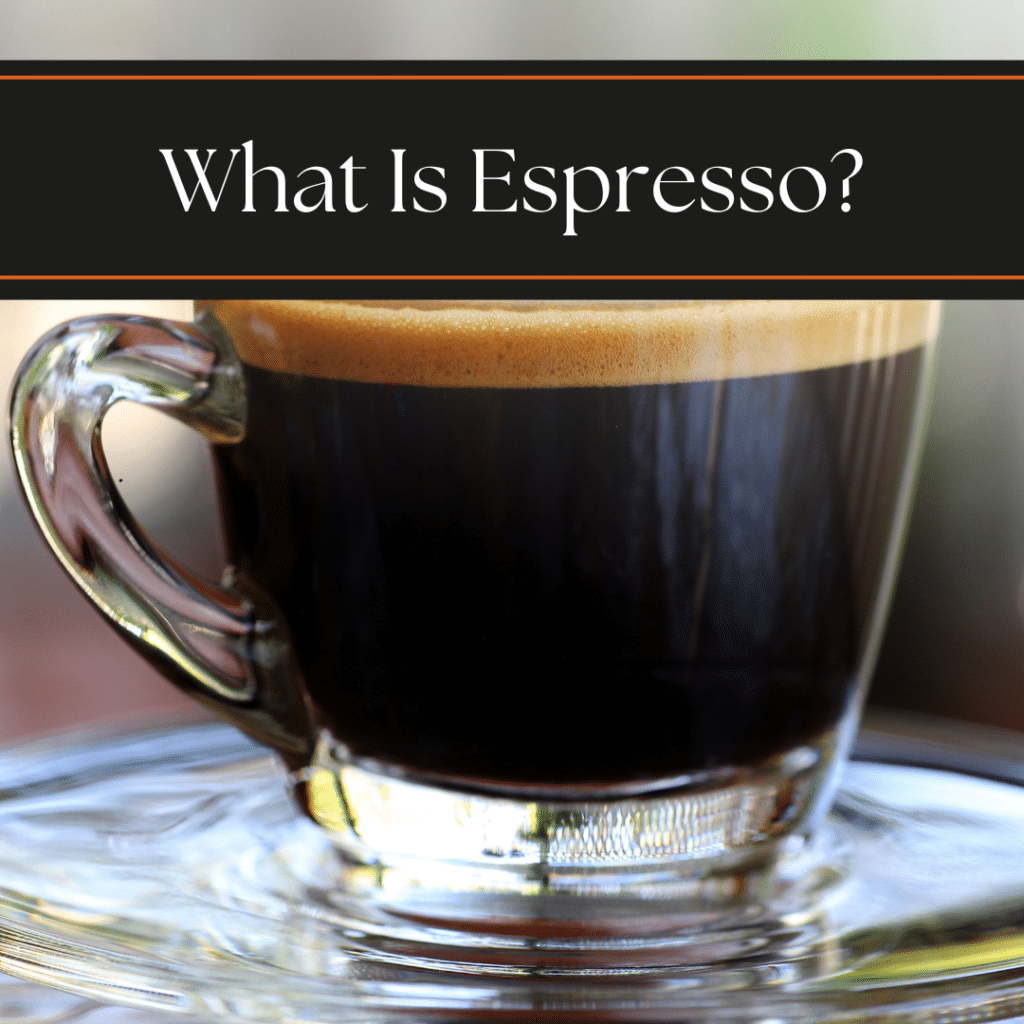Whether you’re new to the coffee world or a seasoned barista, understanding the differences between lattes and cappuccinos can help you identify what sets these two drinks apart, from their unique preparation methods to their distinct taste profiles.
In this blog post, we’ll explore the key characteristics that set these delicious drinks apart. From the ratio of milk to espresso to the texture and flavour profiles, this guide will help you navigate the cappuccinos vs lattes debate with ease, ensuring you always make the perfect choice for your taste buds.
The Origin and Basics
Historically, the cappuccino and latte can trace their roots back to the Italian espresso tradition. The cappuccino, named for its slightly monkish brown hood, takes its title from the Capuchin friars, with whom it shares its name and colour.
Traditionally, a cappuccino was a morning drink consisting of equal parts espresso, steamed milk, and foam. On the other hand, the Latte, short for Caffe Latte or “milk coffee” in Italian, is comparatively a modern cut, prioritising milk, offering a milder alternative to the more robust cappuccino.
Understanding The Differences Between Lattes and Cappuccino

Despite the commonalities, there are very distinct differences between lattes and cappuccinos. A cappuccino is characterised by its strong coffee flavour, thanks to a smaller percentage of milk and a foam layer.
This trifecta produces a more prosperous, almost velvety texture. Conversely, a latte embodies smoothness. It is creamier and less intense, prepared with more milk and often only a minimal foam cap. The larger milk-to-coffee ratio in a latte results in a more mellow and sweeter drink than a cappuccino.
Understanding these differences can significantly enhance one’s coffee-drinking experience. Whether you prefer the robust and textured flavour of a cappuccino or the smooth and creamy taste of a latte, knowing what sets them apart will ensure you make the right choice for your palate.
The Art of Making

Brewing the perfect cappuccino or latte requires the right ingredients, precision, and a pinch of patience. Here are some of the main preparation and taste differences between lattes and cappuccinos:
Ingredients and Preparation
Lattes are created by blending a shot (or more) of espresso with a generous amount of steamed milk and a small layer of milk froth on top. Typically, you get one part espresso to three parts steamed milk, making it creamy and smooth. The key is steaming the milk to a velvety texture that blends seamlessly with the espresso, resulting in a rich, mellow flavour.
Cappuccinos, on the other hand, keep a more balanced mix of espresso, steamed milk, and milk foam, usually in a 1:1:1 ratio. This makes sure you get equal parts of each component. The milk is frothed to create a light, airy foam that sits on top, offering a distinct, multi-layered experience. This combo provides a robust, bold flavour from the espresso, complemented by the slightly sweet and creamy foam.
Texture and Consistency
The key difference in texture and consistency between a latte and a cappuccino lies in the milk preparation. Lattes feature more steamed milk, giving them a smooth, silky texture that’s easy to drink, perfect for those who prefer a gentler coffee experience.
On the other hand, cappuccinos are celebrated for their frothy tops and thicker texture due to the ample amount of frothy milk. This foam provides a light, airy mouthfeel and creates a striking contrast to the robust espresso flavour. This layered composition makes cappuccinos a favourite for those who enjoy a more textured and frothier drink.
Whether you’re looking for a smooth sip or a frothy delight, understanding these differences can help you choose the perfect coffee to match your mood.
Flavour Profile
Lattes offer a mellow coffee experience thanks to the generous amount of milk. This extra milk tones down the espresso’s intensity, creating a creamier, lighter drink. Some might even say a latte’s flavour is soothing, thanks to its balanced blend of milk and espresso.
Conversely, cappuccinos pack a stronger coffee punch. With equal parts espresso, foam, and steamed milk, the bold espresso flavour takes centre stage. The foam adds a hint of sweetness that balances the coffee’s natural bitterness, resulting in a rich yet pleasantly bitter finish.
Serving Style
Both beverages are served in unique ways that reflect their distinct characteristics. Lattes, often presented in larger cups or mugs ranging from 8 to 12 ounces, give baristas the perfect canvas for their latte art skills, creating intricate patterns on the surface.
On the other hand, cappuccinos come in smaller cups, typically around 6 ounces. The presentation may be simpler, but it highlights the classic cappuccino layers that many enjoy.
Health and Nutritional Aspects

When comparing the caloric content of lattes and cappuccinos, lattes generally pack more calories. The main difference is in the milk used. According to Healthline, your typical 475ml latte has 206 calories, whilst a 475ml cappuccino has 130 calories.
A latte features a shot of espresso mixed with a generous amount of steamed milk and a touch of milk foam, making it higher in calories. In contrast, a cappuccino combines equal parts espresso, steamed milk, and milk foam, meaning less milk and fewer calories overall.
The exact calorie difference can vary based on the type and amount of milk, but typically, lattes are the more calorie-dense option. Don’t forget, plant-based milks like almond or oat can offer a lighter, more eco-friendly alternative to traditional dairy.
In terms of caffeine, the cappuccino’s more robust flavour hints at a higher espresso-to-milk ratio, which naturally means more caffeine. Cappuccinos are often recommended for those in need of a sharper morning jolt. With their more generous helping of milk, lattes present a milder caffeine dosage that can make for a more leisurely consumption.
Popular Variations and Regional Twists

The beauty of coffee culture lies in its adaptability. Around the globe, people have put their spin on the classic cappuccino and latte—sometimes quite significantly. From the tropical coconut lattes of the Pacific to the Viennese melange, which balances the latte’s milkiness with a touch of cream, the variations are as rich as the original.
In recent years, the surge of flavoured lattes has turned these traditional coffees into canvases of taste. Caramel, vanilla, and hazelnut syrups have become staples, painting the world’s lattes with myriad sweet sensations.
Similarly, the cappuccino world has seen the rise of dry and wet versions — dry featuring more foam than milk and soaked with more milk than foam — exemplifying how subtler changes can pique a palate.
Elevate Your Lattes and Cappuccinos with Iron & Fire
Whether you prefer the silky smoothness of a latte or the bold, frothy texture of a cappuccino, the quality of your coffee beans makes all the difference.
At Iron & Fire, we take pride in sourcing and roasting the finest speciality coffee beans to elevate your coffee experience. Our freshly roasted beans are perfect for creating both lattes and cappuccinos, allowing you to savour the unique characteristics of each beverage.
We also provide quality coffee machines and brewing equipment that can help you make barista-quality lattes and cappuccinos at the comfort of your own home.
So why not elevate your morning ritual with Iron & Fire’s award-winning speciality coffee and enjoy a great-tasting cup, every time?






